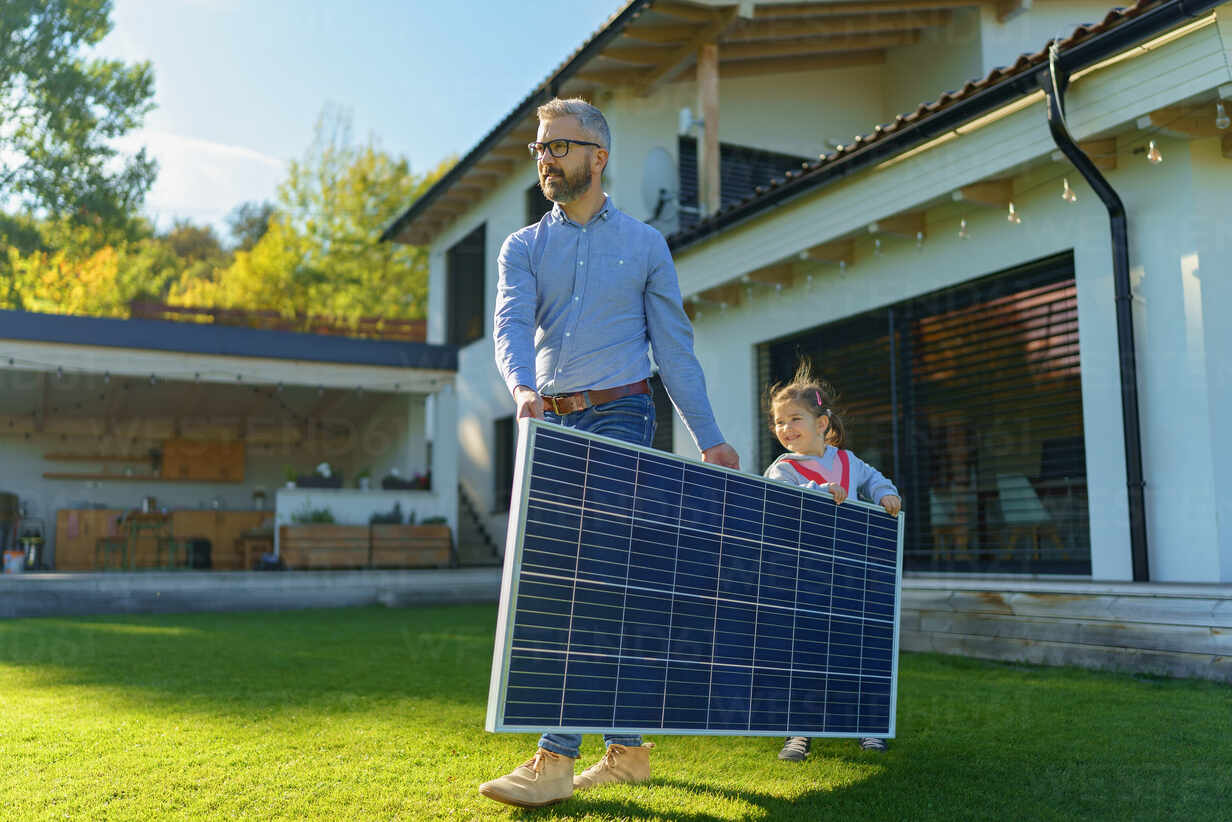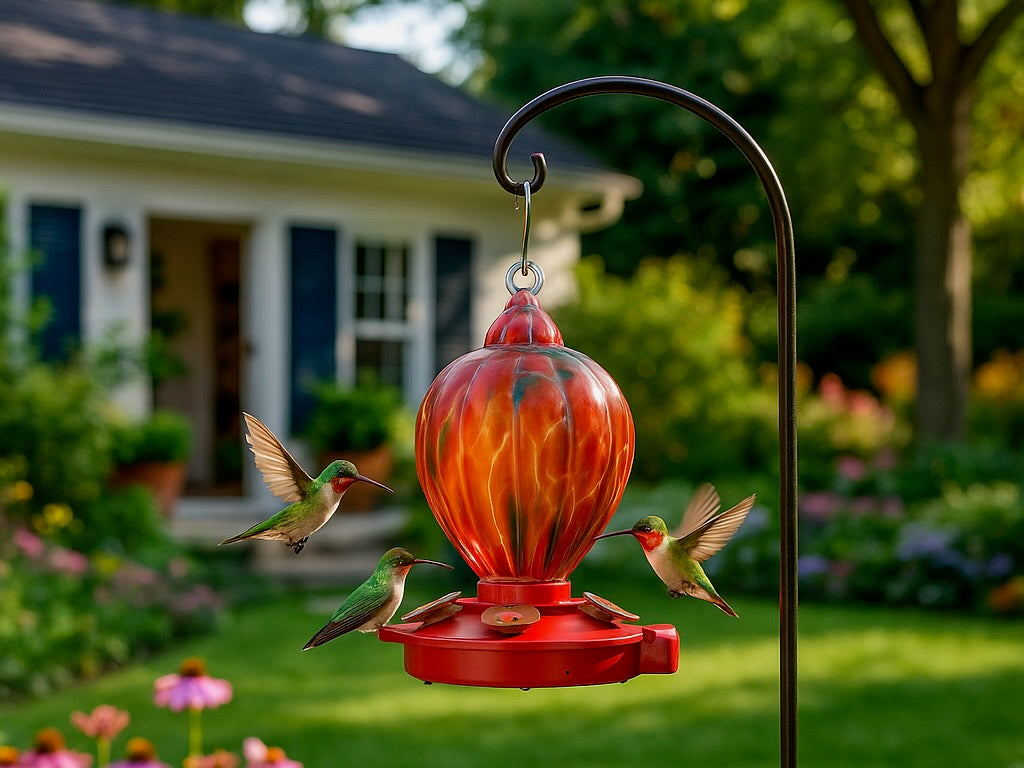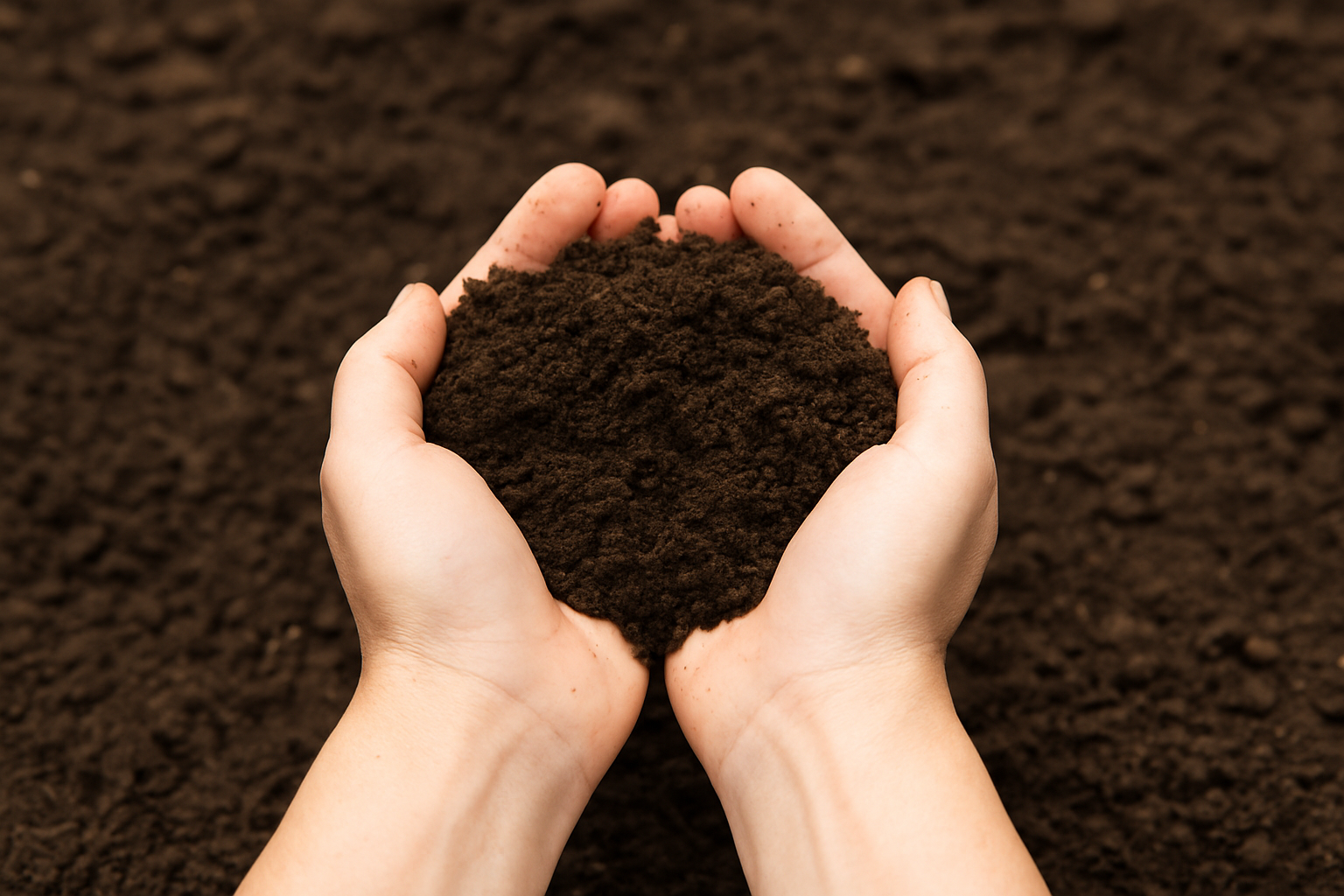Smarter Gardening Starts Here
Managing a garden used to mean constant checking—watching the weather, testing the soil, and hoping your plants got the right amount of water. Now, thanks to IoT technology, these tasks can be handled automatically by smart home devices. From intelligent irrigation to wireless garden security, your backyard can become an effortless, vibrant, and connected ecosystem.
This isn’t just about convenience. It’s about building smarter, greener lifestyles. With climate changes leading to more unpredictable growing conditions and rising energy costs, homeowners are turning to connected systems to make their outdoor spaces both efficient and sustainable. This means integrating tools that not only perform tasks but also gather data and respond intelligently to environmental conditions, creating a garden that is both intuitive and low-maintenance.

Smarter Irrigation and Plant Care
Traditional sprinkler systems operate on timers. But what if your garden could water itself only when needed? That’s exactly what smart irrigation systems do. These connected tools use real-time data from soil sensors and weather forecasts to deliver water precisely when your plants need it. If rain is coming, watering pauses automatically. If a heatwave hits, irrigation adjusts accordingly
According to the Environmental Protection Agency (EPA), nearly 50% of water used outdoors is wasted due to inefficient irrigation methods. This statistic sheds light on a systemic issue in water conservation. Smart irrigation systems help solve this by delivering only the right amount of water, which can save as much as 8,800 gallons of water annually for a single household (EPA, 2021).
This technology does more than cut waste. It also reduces the manual effort of monitoring soil conditions and weather patterns. With smartphone control and automation features, homeowners can shift their focus from maintaining their garden to enjoying it. This convenience particularly benefits elderly users or people with mobility limitations who might find traditional gardening tasks strenuous.
That said, some skeptics argue that smart systems may overcomplicate what was once a simple task. Gardeners who enjoy hands-on work might worry that technology takes away from the therapeutic aspects of gardening. But in reality, these systems can enhance that experience by freeing up time and enabling gardeners to focus more on creative and rewarding aspects like planning layouts, pruning, or harvesting.
Complementing irrigation, IoT sensors collect continuous data on soil moisture, temperature, sunlight, and humidity. These smart devices send updates directly to your phone, helping you make informed decisions. For example, if the herb bed is too dry or your tomato plants are getting too much sun, you’ll receive an alert—allowing you to respond promptly and avoid plant stress or damage.
The value here lies not just in data collection but in predictive care. By monitoring trends over time, the system can anticipate issues like root rot from overwatering or leaf scorching from excessive sun exposure. It is, in essence, giving every plant in your garden a voice.
According to Statista, over 14 million U.S. households already use some form of smart gardening tool. That number is expected to double within the next few years. These trends are not only being driven by convenience but also by growing environmental consciousness and the demand for more sustainable lifestyles.

Bringing Wildlife Closer with Intelligent Tools
Watching birds visit your garden can be a calming, joyful experience. But with IoT-enhanced hummingbird feeders, this becomes even more interactive and educational. Take Cabay’s solar-powered feeder with camera. Designed with a decorative glass globe, it automatically captures 2K HD video every time a hummingbird visits. It then identifies the species—like the Ruby-throated or Anna’s Hummingbird—and sends a notification to your phone, complete with a snapshot or video clip.
This is made possible through AI-driven species recognition, which can identify over 150 types of hummingbirds. For families, it turns a simple feeder into a learning tool. For wildlife lovers, it offers insights once limited to professional researchers.
The 2022 National Audubon Society study found that birdwatching grew by 34% since the start of the pandemic. This rise reflects a broader societal shift toward biophilia—the human tendency to seek connections with nature. Smart feeders cater to this need by blending tech and education. Children can learn to identify species, while adults find therapeutic value in reconnecting with the natural world.
However, concerns about privacy and data collection in smart wildlife devices have emerged. Users have raised questions about where video footage is stored and who has access. Responsible manufacturers like Cabay prioritize user privacy through local storage and encrypted cloud services. This allows users to enjoy smart features without compromising their security.

Security and Energy Management in the Garden
Gardens should be a place of relaxation—but only if they’re safe. That’s why wireless, solar-powered security cameras are becoming a staple in smart outdoor setups. A 2023 report by Parks Associates found that 63% of smart home buyers prioritize outdoor security in their setup. This statistic reveals a growing awareness of outdoor vulnerabilities, especially as more people spend time in their gardens post-pandemic.
Cabay’s IoT-enabled cameras can distinguish between a person, animal, or passing car. This reduces false alarms and ensures you’re only alerted to events that matter. Unlike older motion-triggered systems, these cameras filter out noise, giving you greater confidence in your system's reliability. Features like floodlights that activate with motion, two-way audio for communication, and night vision improve both security and convenience.
You can define custom zones, allowing you to monitor specific areas while ignoring others. Flexible storage options—including SD cards and encrypted cloud platforms—ensure that footage is secure and accessible.
From another angle, critics might worry about constant surveillance creating a loss of privacy in the home. However, with proper use of privacy zones, data encryption, and local control, these risks can be mitigated. As security expert Bruce Schneier points out, "The more data collected, the more it must be protected."
Smart gardens also bring new opportunities in energy management. Cabay’s balcony energy storage system is designed to store power from small solar panels mounted on patios or balconies. This stored energy can then be used to run your irrigation system, feeders, cameras, or lighting. With U.S. residential electricity prices up 11% in 2022 (U.S. Energy Information Administration), small-scale storage makes both economic and environmental sense.
More than just a backup, these energy systems allow you to take control of your consumption. By using solar panels and batteries in tandem, households can shift toward partial energy independence. This not only saves money but reduces reliance on fossil fuels—a major contributor to climate change.
Moreover, during power outages or extreme weather, these storage units keep essential garden systems operational. Whether you're running cameras for security or lights for safety, the system ensures continuity. As climate resilience becomes a bigger priority, having off-grid capabilities adds significant value.

A Seamlessly Connected Backyard Experience
What sets Cabay apart is how these smart home devices work together. A single app connects your feeder, sprinkler system, sensors, cameras, and energy storage—creating a unified, responsive outdoor environment.
Here’s how a typical day might look:
Moring
You get a hummingbird alert on your phone, with a photo and species ID.
Afternoon
Your smart sensor detects that the rose bed is too dry, so the irrigation system waters it.
Evening
Your security camera switches to night mode and monitors the garden gate.
Night
Your balcony storage system powers soft landscape lighting using solar energy stored during the day.
This kind of IoT-powered synergy transforms your garden from a set of disconnected tools into a self-managing sanctuary. It brings together the best of nature and technology, where every element works in harmony with the others. These systems don’t replace human involvement but enhance it—empowering you with better tools to engage, protect, and care for your green space.
Practical Tips to Get Started
Ready to create your own smart garden? Here’s how to begin:
1. Start small
Begin with one or two devices, such as a sensor and irrigation system. Build gradually as you identify your needs.
2. Ensure WiFi coverage
Make sure your network reaches every part of your garden. Signal boosters can help extend range.
3. Choose solar-powered products
They’re easier to maintain and more eco-friendly.
4. Automate wisely
Set routines based on your daily schedule and environmental patterns.
5. Secure your network
Use encrypted apps, enable two-factor authentication, and change default passwords.
6. Read user reviews
Choose reliable brands and ensure devices are compatible with your existing smart home system.

Smarter Gardens for a Smarter Future
IoT technology is no longer reserved for inside the home. It’s reshaping how we interact with nature—bringing automation, insight, and a sense of wonder to the backyard. These tools are not just trendy add-ons but meaningful upgrades that support sustainability, education, and convenience.
With Cabay’s range of connected gardening solutions, you can water more efficiently, enjoy wildlife more deeply, secure your home more effectively, and use energy more wisely. These aren’t just gadgets—they’re tools for better living. By giving homeowners more control, insight, and efficiency, they are empowering a new generation of environmentally conscious and tech-savvy gardeners.
And the best part? You spend less time worrying about what’s happening in your garden—and more time enjoying it.





Hinterlasse einen Kommentar
Diese Website ist durch hCaptcha geschützt und es gelten die allgemeinen Geschäftsbedingungen und Datenschutzbestimmungen von hCaptcha.